Pop Rocks: Soft Urban Boulder Field
By Bustler Editors|
Thursday, Oct 4, 2012
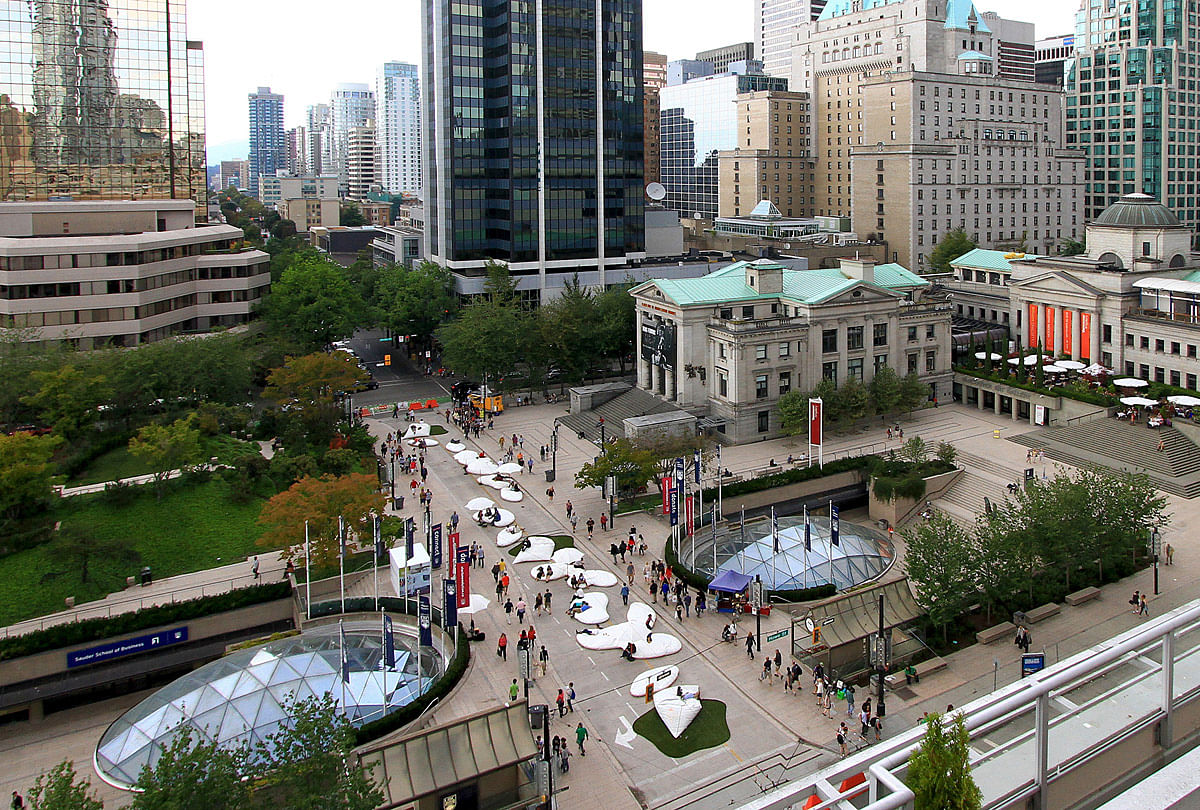
Related
Vancouver hosted a fascinating hybrid of public spatial art and waste material upcycling in its downtown area this summer: Pop Rocks, a temporary installation that covered a full city block. The project is fabricated entirely from post-consumer and post-industrial waste from the metropolitan Vancouver region. The installation, an equal collaboration between Matthew Soules Architecture and AFJD Studio (Amber Frid-Jimenez & Joe Dahmen), engages tactically with these materials to produce soft forms that extend the typical range of active and passive social activities, fostering unexpected social encounters and new perspectives on the city.
Project Description from the Architects:
To build the world anew from the messy softness of garbage necessitates a migration from the solidity of top-down form generation to a bottom-up formlessness; a new type of soft tactility and ambiguously flexible shapeliness replete with the tactile and ambient pleasures of the artificially biotic and vegetal: The garbage organic.
In the spring of 2012 we won a civic commission to design a temporary installation on a prominent city block in the center of downtown Vancouver that sees over 60,000 pedestrians daily. Our mandate was to invent a space for residents and visitors to sit and recline, sunbathe and eat, and interact and play. While the strategic use of resources permeates all our design activities, the temporary nature of this commission highlighted the necessity for a profoundly efficient use of resources.


Our design work commenced with an intensive investigation of the resource flows of metropolitan Vancouver in an effort to fabricate a project entirely from the soft landscapes of waste we witnessed at the edges of the region. Our research into locally abundant waste led us to two specific materials: polystyrene packaging material and Teflon-coated fibreglass fabric. We discovered a vast quantity of roughly six-by-six metre sheets of Teflon-coated fibreglass fabric that was discarded during the refurbishment of the tensile membrane roof of a Canada Place, a local architectural icon. At the same time we developed a working collaboration with a manufacturer that possessed acres of post-consumer polystyrene packaging without any reasonable means to make use of this immense quantity of constantly accruing waste material beyond grinding it up to produce 20mm beads. Then began an iterative design process to synthesize material properties with the social and experiential ambitions of the project. Pop Rocks capitalizes upon the inherent attributes of these two materials by redeploying them into a strangely familiar yet otherworldly landscape.
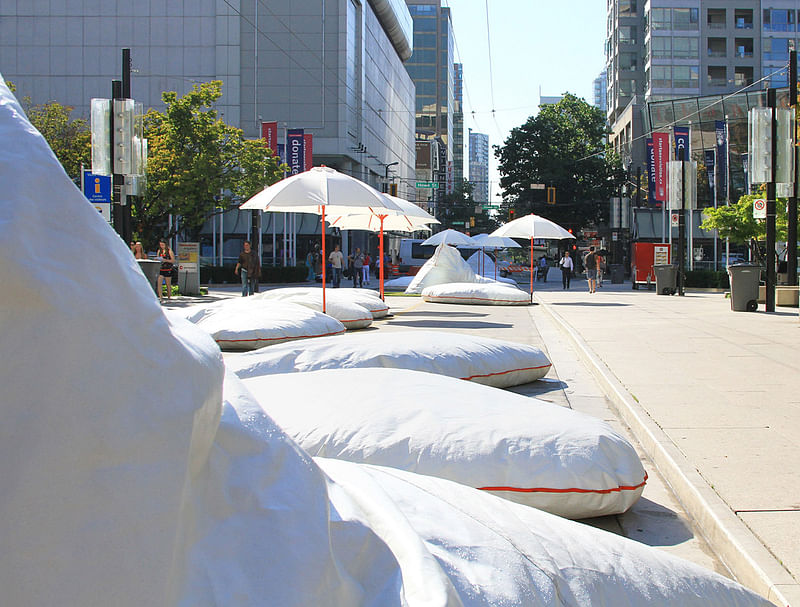
Cutting, sewing, and filling, pattern-making tests to stitching experiments; the development of Pop Rocks employed an iterative modeling and prototyping process that derived final forms from the material logic of using fabric to contain granular aggregates. This responsive process-based methodology and its results are indicative of design operations that are increasingly relevant in the context of decreasing resources. Radically recycled architectures, such as Pop Rocks, mark a departure from traditional top-down form-heavy design methods towards a contingent, emergent, and tactical design ethos. This might be described as a new form of pragmatism that is not only ethically enticing but also promises new aesthetic, formal, social, and political frontiers. The soft suppleness of waste finds its avatar in built environments that challenge the dominance of the hardness in cities and its associated behavioral norms.
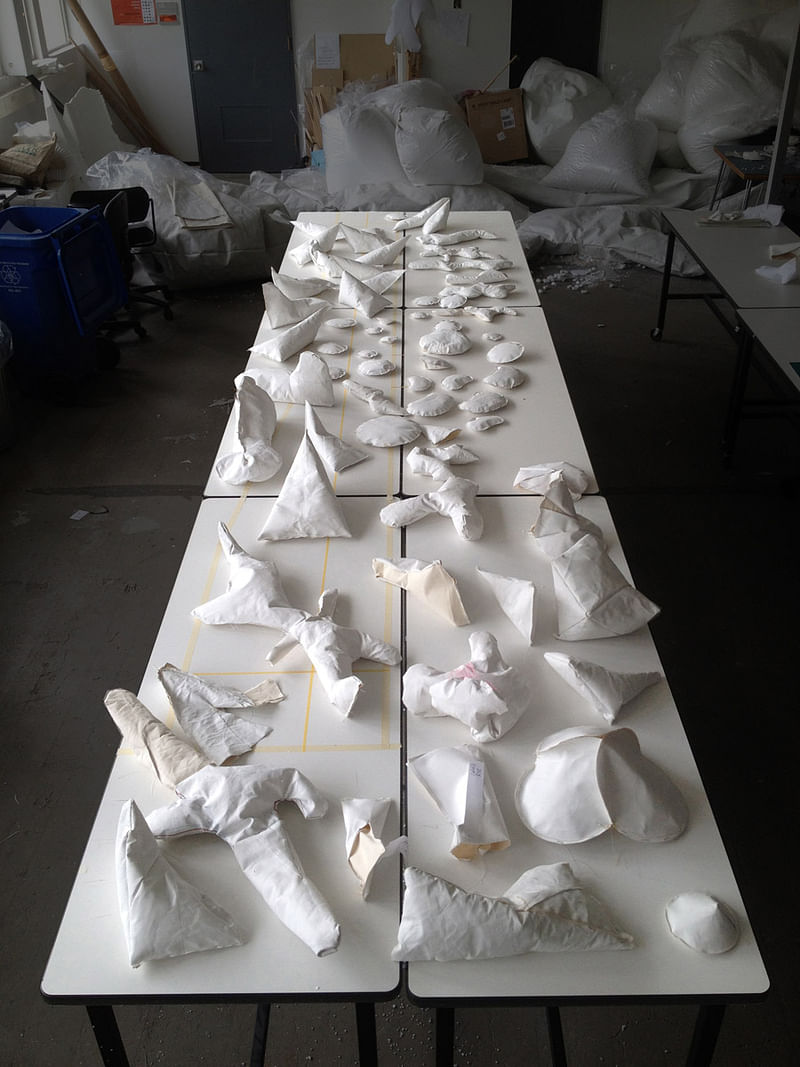
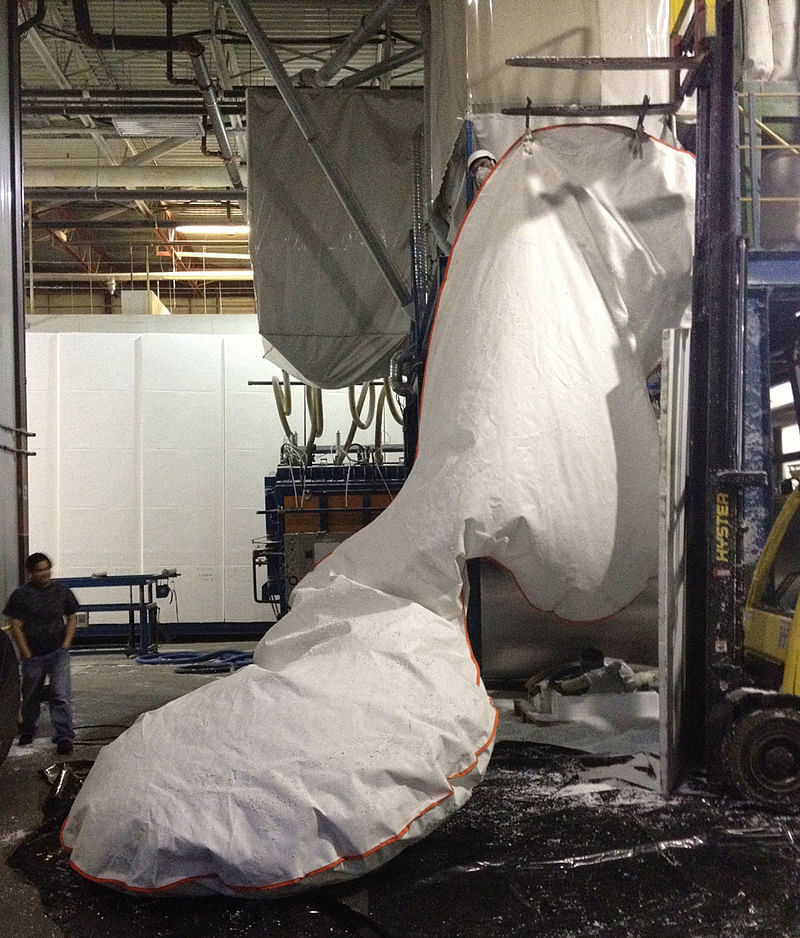
The built installation utilizes 500 square metres of Teflon-coated fiberglass that was sewn into fifteen discrete shapes by a local sail maker. The fabric forms were then filled with 100 cubic metres of re-ground post-consumer polystyrene packaging at a local manufacturing facility. The project required the development of custom processes and filling techniques at the manufacturing facility. This close collaboration with manufacturers and fabricators conveys the necessarily tight working relationship between producers and designers in the effort of achieving intensely recycled built environments.

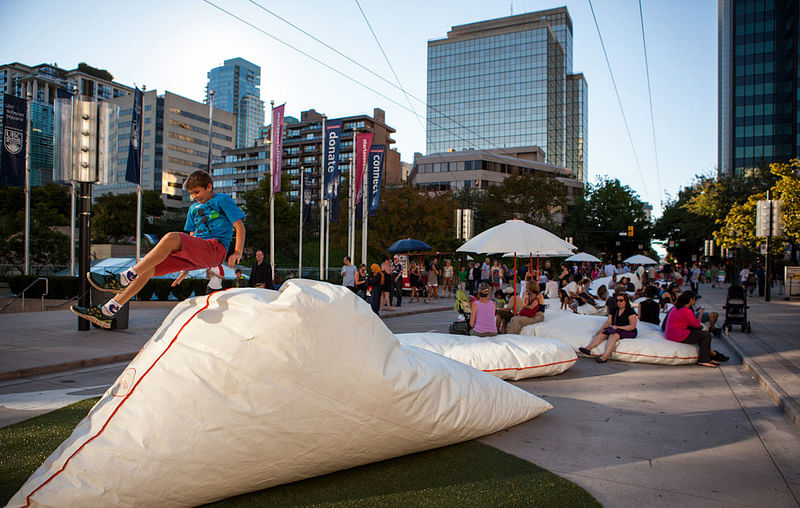
Project Details:
Client: City of Vancouver
Lead Designers: Matthew Soules, MAIBC, Joe Dahmen, Amber Frid-Jimenez
Design Team: Jen Boyle, Byron Chiang, Baktash Ilbeiggi, Warren Scheske, Derreck Travis
Structural Engineer: Bevan Pritchard-Man
Fabrication: Evolution Sails, Mansonville Plastics, Sail Bright Coast
Sponsors: Mansonville Plastics, Architecture for Humanity, Vancouver, Abbotsford Concrete Products, Synlawn, University of British Columbia School of Architecture & Landscape Architecture
Photography: Krista Jahnke unless otherwise noted

Share
0 Comments
Comment as :